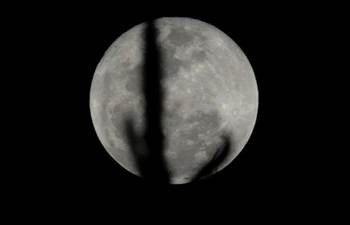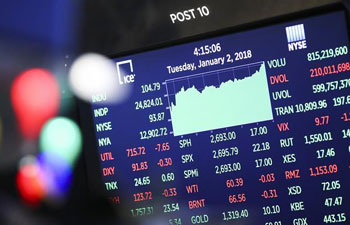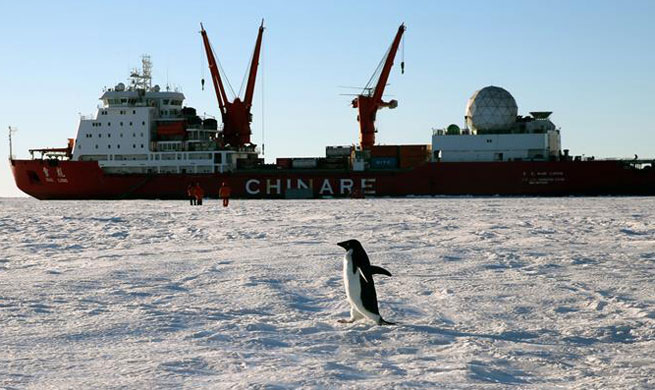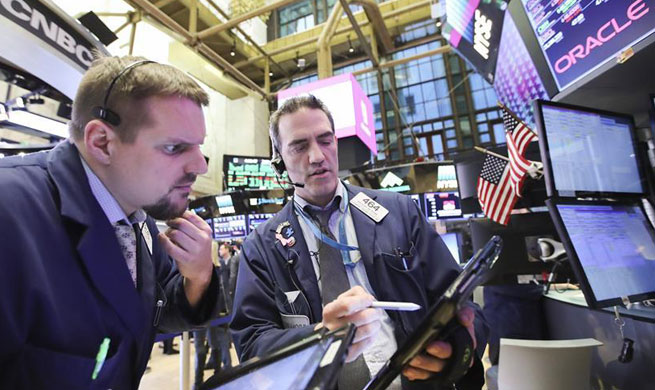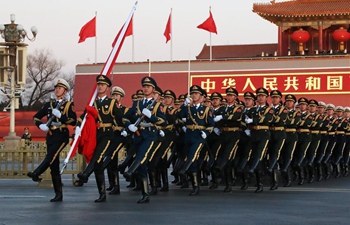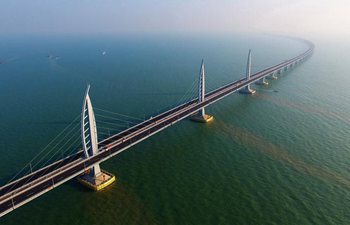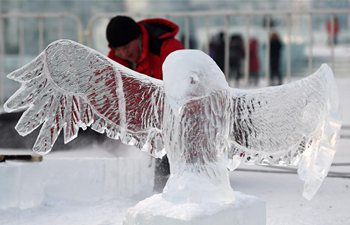BEIJING, Jan. 3 (Xinhua) -- Average density of PM2.5 in Beijing was 58 micrograms per cubic meter of air in 2017, meeting the goal set by the State Council, an official said Wednesday.
The density dropped by 20.5 percent compared with the average level in 2016, Liu Baoxian, deputy director of Beijing environmental protection monitoring center, told a press conference.
The PM2.5 data is a gauge monitoring airborne particles of 2.5 microns or less in diameter, which can embed deep in people's lungs.
Density of major pollutants sulfur dioxide, nitrogen dioxide and PM10 also dropped drastically to 8, 46 and 84 micrograms per cubic meter of air, down 20 percent, 4.2 percent and 8.7 percent, respectively, compared with 2016.
The capital saw 226 good air days in 2017, 28 days more than in 2016. The number of heavy pollution days decreased by 16 to 23, he said.
An air pollution prevention and control action plan issued by the State Council in September 2013 ordered Beijing to reduce its PM 2.5 density to around 60 micrograms per cubic meter of air by 2017, from the average level of 90 micrograms per cubic meter of air in 2013.
"Among air pollution control efforts are demolition of coal-fired boilers, phasing out vehicles with high emission and upgrading of industrial structure," said Li Xiang, with the Beijing municipal bureau of environmental protection.
Li said small coal-fired boilers had almost been eradicated with heaters switching to gas or electricity, and most districts, including those in the city proper, had stopped coal use.
Since 2013, Beijing has shut down six cement plants and closed or upgraded nearly 2,000 companies in printing, casting, furniture manufacturing and other sectors, she said.








